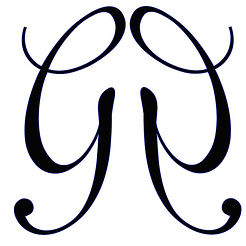History of Botox

History of Botox
Botox originates from a botulinum toxin, which weakens the muscles and nerves in a desired treatment area. Although cosmetic injectors tend to use Botox for anti-aging, the US Food and Drug Administration (FDA) also approved Botox for treating a variety of medical conditions. Some of these medical conditions that can be treated with Botox consist of hyperhidrosis, chronic migraines, cervical dystonia, overactive bladder, and strabismus. Interestingly enough, not only can cosmetic injectors administer Botox, but dentists can as well. Dentists who are trained in administering Botox can treat a plethora of oral conditions. Some of these include temporomandibular joint disorders (TMDs), parafunctional clenching, and teeth grinding. Dentists can create great results with Botox for oral conditions due to the fact that they have extensive knowledge about the oral and maxillofacial areas than most healthcare professionals. Although they don’t have training in regards to administering Botox for aesthetic purposes, with the right training they could.
In March 2022, Arizona governor Doug Ducey signed a bill allowing dentists to inject Botox as a cosmetic treatment. Lifting this cosmetic restriction from the law is expected to provide opportunities to dentists to use Botox for not only medical treatments, but for much more. They can now expand the number of treatments they can provide, consisting of cosmetic injectables.
Botox, also known as bacterium Clostridium botulinum, was first discovered by German physician Justinus Kerner in the late 1800s. Interestingly enough, Justinus Kerner first referred to the toxin as “sausage poison” after he ingested spoiled sausage. Later down the line, another German physician by the name of John Muller, later switched the term from “sausage poison” to “botulism”. Today, thanks in part to the German physician’s discoveries, healthcare professionals use Botox in small doses to treat medical conditions. Although there are a variety of different types of Botox lettered A through G, only two types are commercially available for cosmetic and medical procedures (types A and B). In the 1940s, Burgen discovered that type A Botox can block neuromuscular transmissions. Then fast forward to 1989, the FDA approved Botox for therapeutic use, where it was then renamed “Allergan Aesthetics” and “Botox”. Thirteen years later, FDA approved Botox to temporarily improve moderate to severe glabellar lines, also known as frown lines between the eyebrows. Then, between 2013 and 2017, Botox cosmetic was FDA-approved for temporarily improving the appearance of forehead lines in adults.







